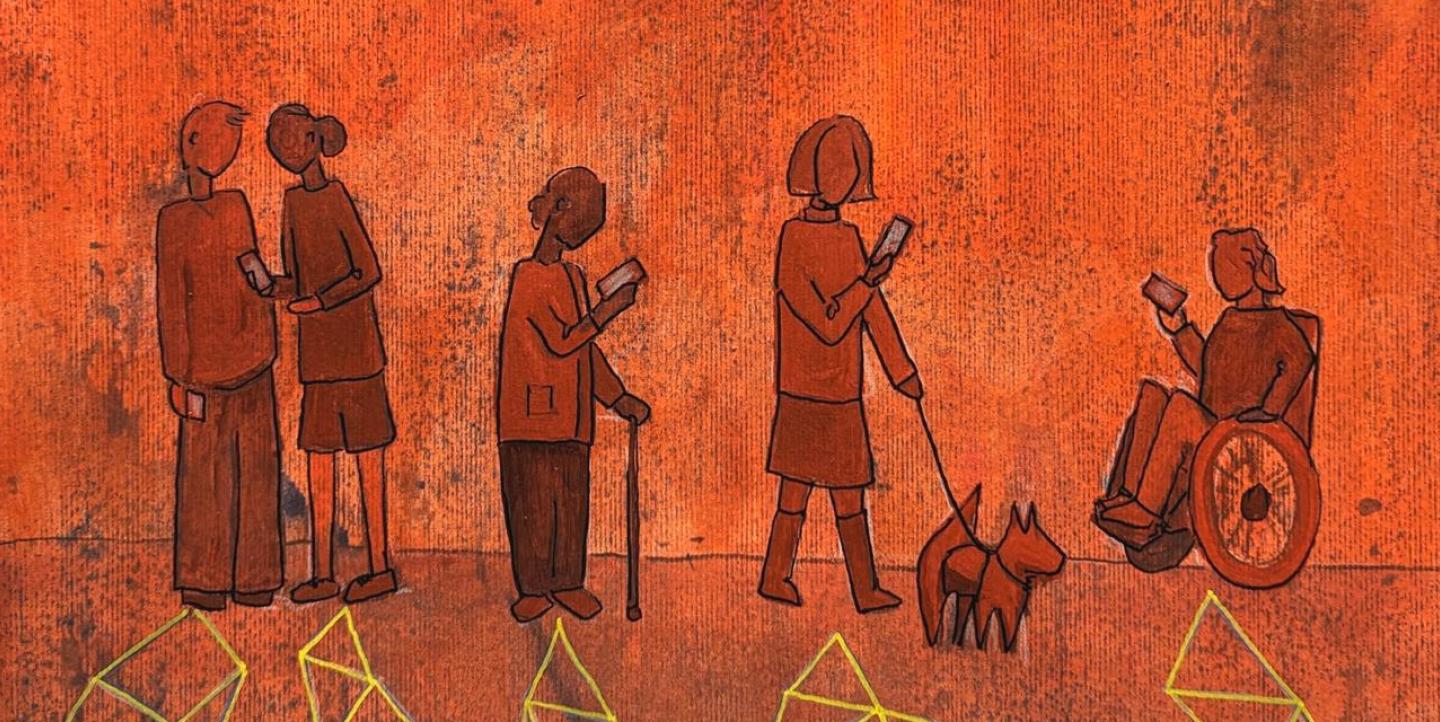From mass layoffs and diminished revenue, to lack of trust in media, press freedom crackdowns and more, the news industry today faces no shortage of challenges.
But rather than resign themselves to defeat, some journalists are taking initiative to reorient the industry toward what they believe will be a more prosperous future – by centering audiences first and foremost.
“Journalism must be and can be reinvented, and the only way to do that is to do it together,” said ICFJ Knight Fellow Mattia Peretti during an IJNet Crisis Reporting Forum session.
Peretti, who previously led JournalismAI, an initiative that advises news organizations on how to use AI responsibly, is the co-founder of the News Alchemists – “a movement that invites people and organizations in journalism to put people's needs and curiosity and the benefit of society at the center of everything,” he explained.
Joining Peretti to discuss their vision for an audience-centric future of journalism were fellow News Alchemists, Annika Ruoranen, head of digital services for the Finnish Broadcasting Company, Yle; ICFJ Knight Fellow Sannuta Raghu, an executive producer for the Indian digital news publication, Scroll.in; and Aldana Vales, audience experiences director at Gannett.
Here are key takeaways from the session.
What it means to center audiences
When centering audiences, journalists must consider what content they want and how best to deliver it to them. “When you understand your audience and you understand the different needs they have, [their] different ways of using media, you can get to them better,” said Ruoranen.
Vales agreed: “When we work on making our content accessible to different audiences, the first step is always to understand what they value, where they are, what they care about and how we can address their needs with our journalism.”
In an example of a creative audience-centric initiative Gannett recently undertook, Vales described how her team designed coasters with QR codes to be distributed at local bars. When scanned, the codes navigate to an engaging page on the local newsroom’s website.
“As someone thinking about the audience experience, I thought about the context,” explained Vales. “Someone is at a bar when encountering this coaster for the first time [so] the content needs to be compelling enough to stop the conversation that they're having with their friends.”
Essentially, they needed to ensure that scanning the QR code would be an “additive” experience, providing value to people as they socialized. In turn, they would actively engage in their content and develop a positive association with the outlet.
A financial argument
Due to the financial troubles plaguing journalism, many newsrooms make decisions based on profit, instead of prioritizing the product, explained Peretti.
“I believe that journalism as an industry – and it's all of us, not someone else [at fault] – has lost its way because the economics are so dire, and they have been for so long," he said. “We urgently need to acknowledge this and reset course. We need to move back our focus to the quality of the products and the experiences that we create for the people we aim to serve.”
Adopting an approach that prioritizes audience over profit means journalists can instead focus on the impact their work has on people, said Peretti. In doing so, newsrooms can better address financial challenges, as audiences will be more willing to pay for content that is relevant to them.
“I believe that people pay for information, products and experiences that add value to their lives, that help them navigate this complex world we're in and make connections and feel connected to each other,” he said.
A changing industry
Evolving to be more audience-centric may be difficult, but it is worthwhile, argued Peretti. “Change is hard for us as human beings,” he said. “What we’re doing, in a way, is trying to build critical mass to show not only why change is important but also why change is beneficial to everyone.”
Despite the challenges, this change needs to happen, said Ruoranen: “We need to have a more personalized and a more intense relationship with people, to be meaningful and to have a place in this media landscape in the future, to stay relevant for the next 100 years.”
Newsrooms today already have taken steps to prioritize the audiences they serve, noted Raghu. “Ten, 12 years ago, there was this very, very different atmosphere where journalists would write for journalists,” she said. Capitalizing on this momentum will be key. “[The journalism industry now] is automatically and very organically turning to being user-centric.”
Photo: Jamillah Knowles & Reset.Tech Australia / Better Images of AI / People on phones (portrait) / Licenced by CC-BY 4.0.


